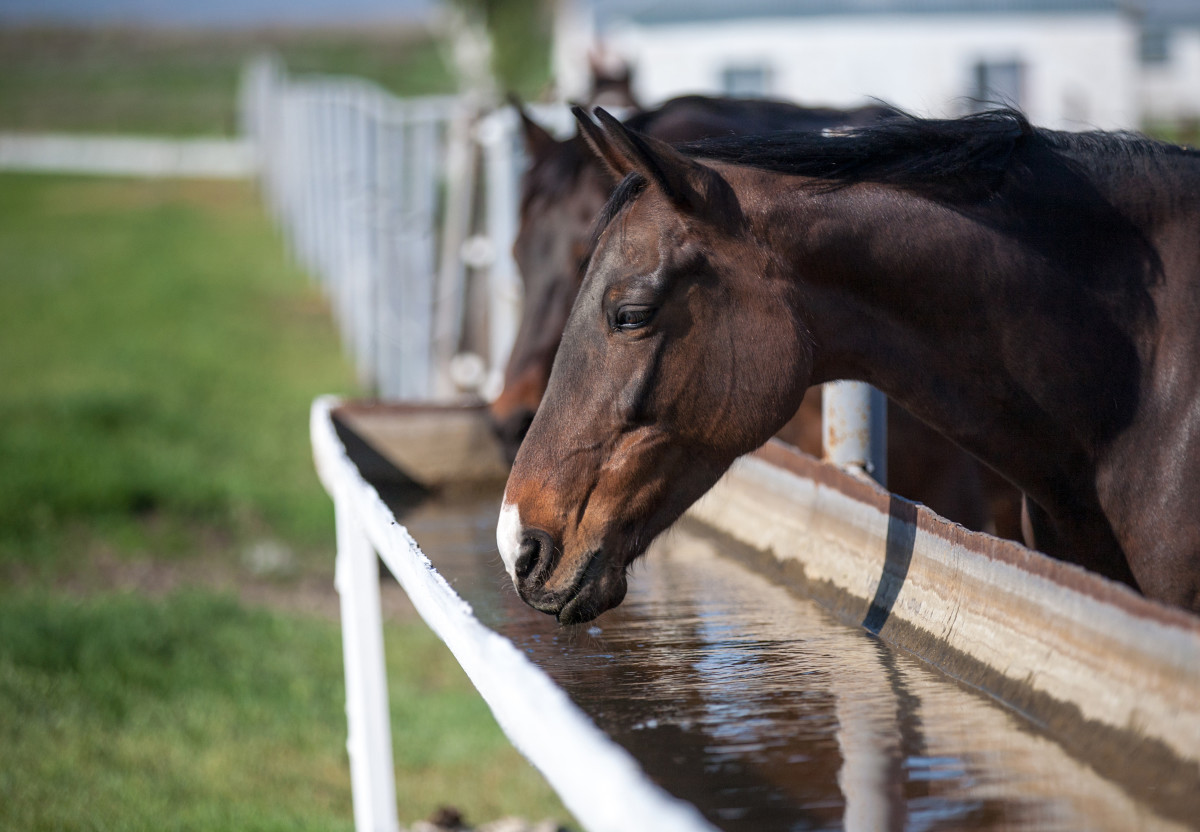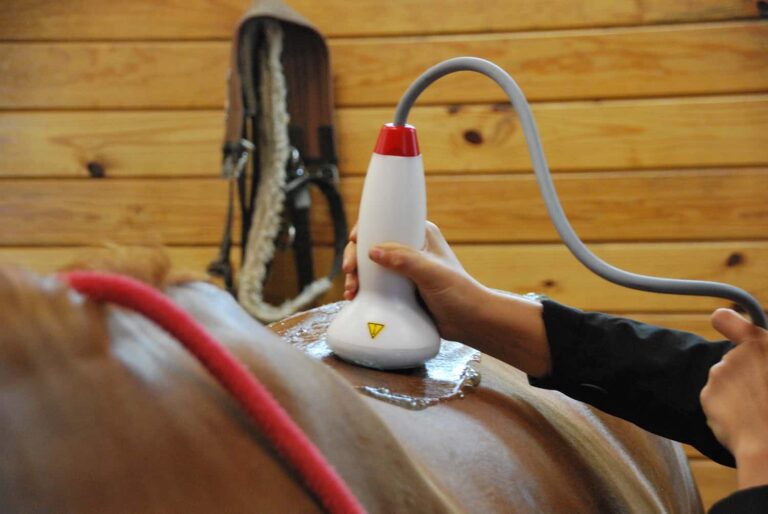
There are situations in which a horse is slightly dehydrated but won’t replenish his own fluids by drinking. Oral rehydration is a quick and relatively easy means of introducing fluid volume to a horse in need. This is often followed with intravenous (IV) fluid therapy, which is more labor intensive, time-consuming and expensive. Researchers at The University of Agricultural Science and Veterinary Medicine in Romania considered the possibility of using rectal fluid therapy as an adjunct to oral or IV fluid replacement, or as a sole method of fluid replacement [Astelean, P.; Diugan, E.; Molnar, C.; et al. The Efficiency of Rectal Fluid Therapy in Moderately Dehydrated Horses. Bulletin UADVM Veterinary Medicine 2018, vol. 75(1); pp. 73-77].
As noted in the study, a high enema via the rectum was a common practice in horses in times past but has fallen away as a routine practice in veterinary medicine. This method has a couple of primary benefits – it doesn’t require sterile solutions, and it lessens the risk of fluid overload.
The study used eight adult, non-pregnant mares with dehydration levels of about 6% loss of body weight by withholding water consumption. Rehydration therapy was accomplished with a high enema containing sodium and chloride salts in demineralized water warmed to body temperature. The solution—no more than five liters—was administered 10-15 cm into the rectum with a lubricated esophageal tube by gravity feed only.
In all cases, there were no adverse reactions or associated problems with administration. Prior to treatment with the enema, the level of dehydration the horses experienced had caused an elevation in HR (about 52 bpm) and respiratory rate (about 23 breaths per minute), slightly prolonged capillary refill time and elevated hematocrit, hemoglobin, total protein, and kidney values of BUN and creatinine. Skin turgor was not affected and mucous membranes appeared normal. With the high enema therapy, heart rate dropped to about 39 bpm and RR to about 14 breaths per minute. Hematocrit, hemoglobin, protein and kidney enzyme values dropped as well. Sodium and chloride deficits related to dehydration also resolved with the high enema treatment.
The high permeability of the rectal mucosa makes high enema therapy a plausible method to assist in rehydration of horses in need, especially those not able or willing to voluntarily consume water, or where oral or intravenous replacement therapy is not possible.




